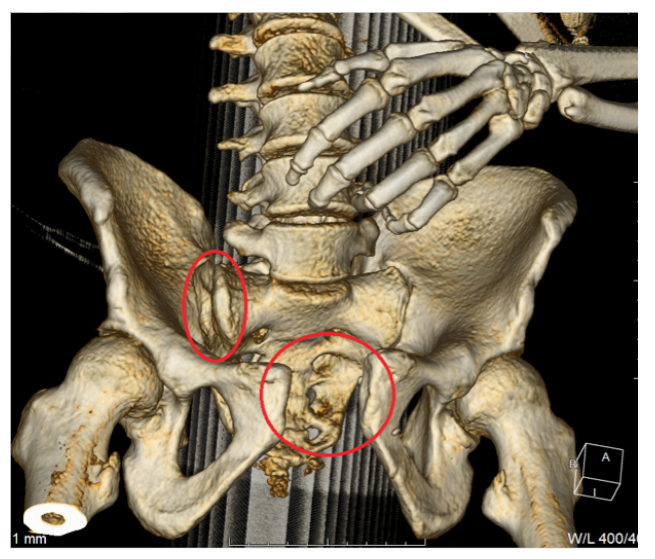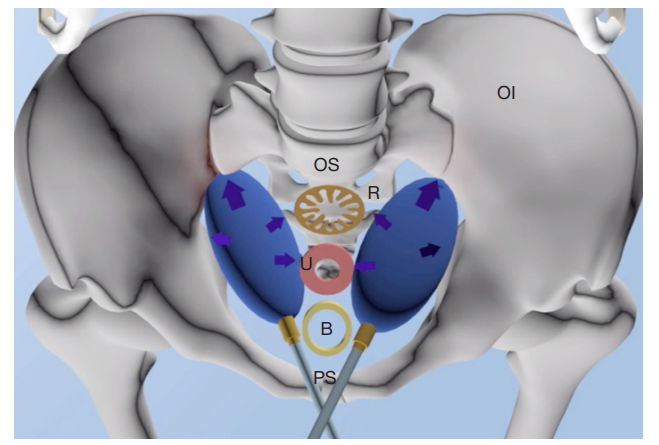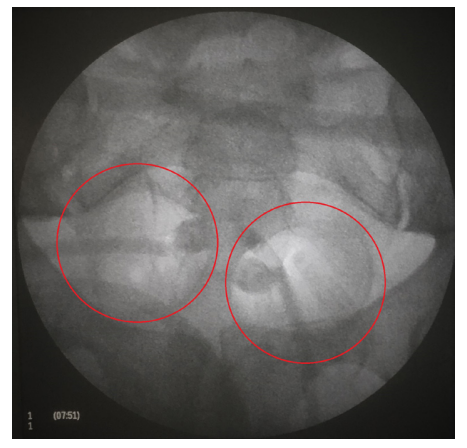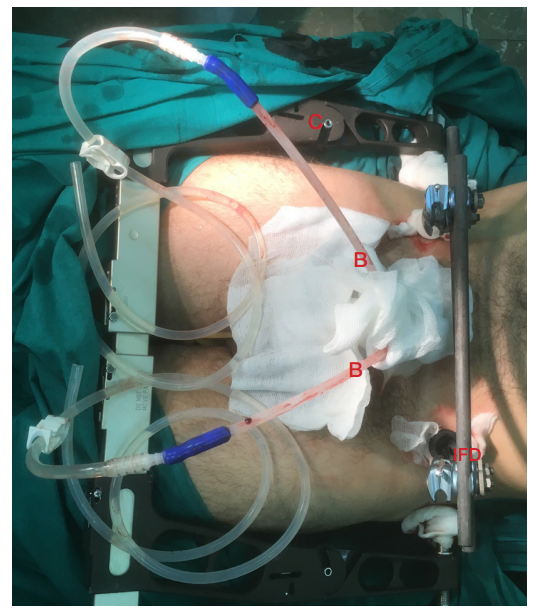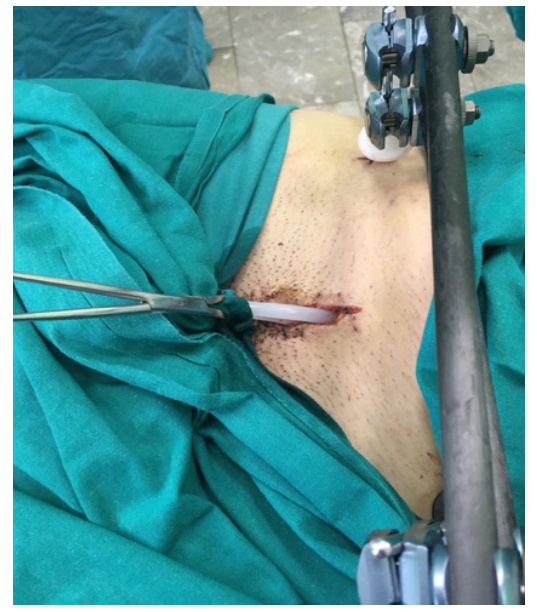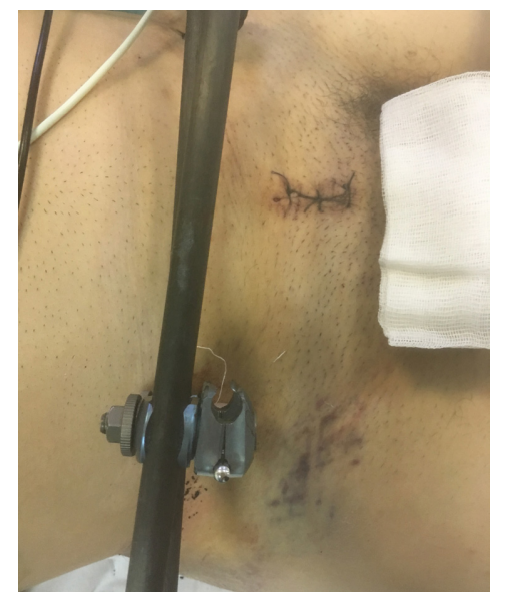
ISSN Print 2500–1094
ISSN Online 2542–1204
BIOMEDICAL JOURNAL OF PIROGOV UNIVERSITY (MOSCOW, RUSSIA)

1 Pirogov Russian National Research Medical University, Moscow, Russia
2 Mechnikov North-Western State Medical University, Saint Petersburg, Russia
Correspondence should be addressed: Artyom M. Lysko
Khachaturiana 12–3, Moscow, 127562; moc.liamg@oksyLtra
Author contribution: Egiazaryan KA, Gordienko DI — study organization and planning; Starchik DA — study planning, anatomical examination; Lysko AM — literature analysis, data collection, analysis, interpretation, surgery.
